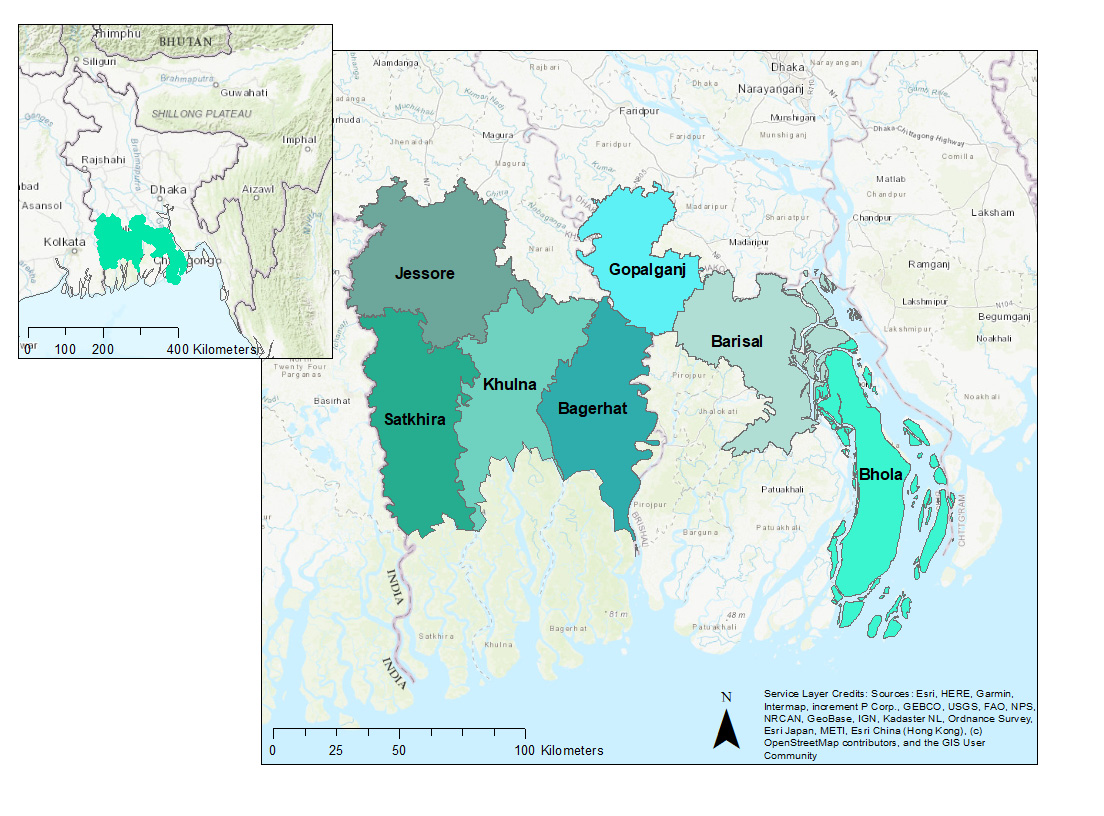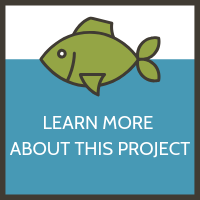
Authors: Hannah Ferriby, Amir Pouyan Nejadhashemi, Juan Sebastian Hernandez-Suarez, Nathan Moore, Josué Kpodo, Ian Kropp, Rasu Eeswaran, Ben Belton, and Mohammad Mahfujul Haque
Abstract
Aquaculture in Bangladesh has grown dramatically in an unplanned manner in the past few decades, becoming a major contributor to the rural economy in many parts of the country. National systems for the collection of statistics have been unable to keep pace with these rapid changes, and more accurate, up-to-date information is needed to inform policymakers. Using Sentinel-2 top of atmosphere reflectance data within Google Earth Engine, we proposed six different strategies for improving fishpond detection as the existing techniques seem unreliable. These techniques include: (1) identification of the best time period for image collection, (2) testing the buffer size for threshold optimization, (3) determining the best combination of image reducer and water-identifying indices, (4) introduction of a convolution filter to enhance edge-detection, (5) evaluating the impact of ground truthing data on machine learning algorithm training, and (6) identifying the best machine learning classifier. Each enhancement builds on the previous one to develop a comprehensive improvement strategy called the enhanced method for fishpond detection. We compared the results of each improvement strategy to known ground truthing fishponds as the metric of success. For machine learning classifiers, we compared the precision, recall, and F1 score to determine the quality of results. Among four machine learning methods studied here, the classification and regression trees performed the best with a precision of 0.738, recall of 0.827, and F1 score of 0.780. Overall, the proposed strategies enhanced fishpond area detection in all districts within the study area.
Read the full publication at https://doi.org/10.3390/rs13234890.
Published December 6, 2021

